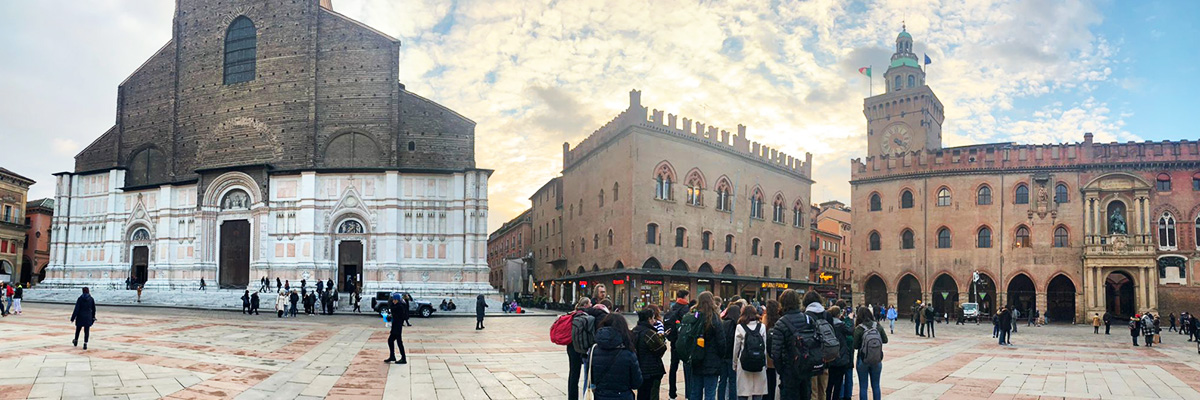Field trips for Reggio Emilia, Italy
We highly recommend students participate in the following organized field trips, which are included in your program fees. Some trips may be mandatory for specific classes and will be led by the Resident Director, instructors, or International Office staff.
Please note that destinations may only be available during certain terms and are subject to change at the discretion of the Resident Director or on-site staff.
The following are possible field trip destinations, with further details provided upon arrival.
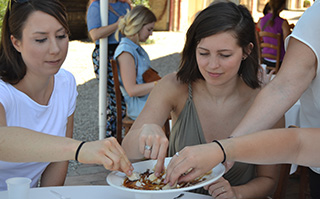 Acetaia
Acetaia
Visit a traditional acetaia, an establishment where aceto balsamico (balsamic vinegar) is made and aged. Taste the locally produced vinegar and join the local tradition of trying it atop a variety of foods — strawberries, fresh fruit, boiled eggs, panna cotta, and even gelato.
 Automobile Facilities: Ferrari, Lamborghini, Maserati
Automobile Facilities: Ferrari, Lamborghini, Maserati
Visit the Ferrari Museum in Maranello, linked to the famous Ferrari factory built in 1947. View the exhibition of Gt, F1, and sport-race Ferrari cars, sport trophies, pictures, videos, and other souvenirs of the history of Ferrari. In the same region you can also enjoy the glamour of Lamborghini and Maserati, perfect for anyone who loves cars.
 Bologna
Bologna
Discover the seventh most populous city in Italy and the largest city in Emilia Romagna. Bologna is home of the oldest university in the world, the University of Bologna, founded in the year 1088. Today, Bologna is famous for its towers, lengthy porticoes, and well-preserved historical center.
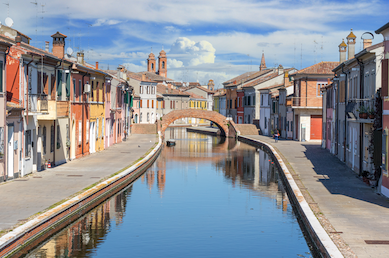 Ferrara and Comacchio
Ferrara and Comacchio
Visit the city of Ferrara and its Po Delta, designated as a UNESCO World Heritage site in 1995. Ferrara is called “City of the Renaissance” and became a prominent artistic and cultural hub in medieval times under the rule of the House of Este. Po Delta is a wetland area full of biodiversity and natural beauty. Comacchio or "Little Venice" is an enchanting lagoon town built on 13 islands. Enjoy the lovely multicolored houses, stone bridges, and peaceful canals.
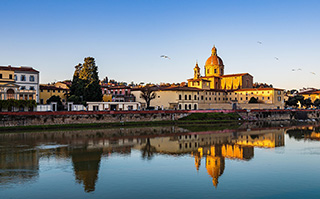 Firenze
Firenze
Explore the city of Firenze on a guided walking tour. You'll visit the Duomo and Brunelleschi’s Dome, Ponte Vecchio, Piazza della Signoria, and Dante’s Florence, and then head to Piazzale Michelangelo to enjoy the panoramic view.
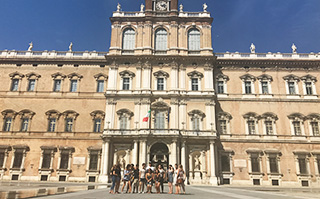 Modena
Modena
Located only 10 minutes away from Reggio Emilia in the heart of the Emilia Romagna region, Modena is known for its hospitality, cuisine, and cultural life. Enjoy beautiful music, watch Ferrari and Maserati cars gliding down the roads, taste the traditional balsamic vinegar, or visit an architectural wonder like the Ghirlandina Tower or the Cathedral and Piazza Grande, designated together as a UNESCO World Heritage site in 1997.
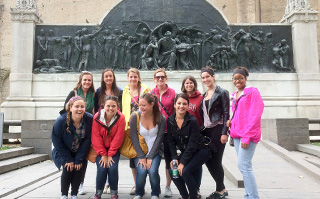 Parma
Parma
Parma is a refined and welcoming city, located only 15 minutes away from Reggio Emilia. Enjoy Parma’s incredible cuisine, including delicious prosciuttos and cheeses, or stop by a trattoria to enjoy the local food. Take a stroll along the river, visit an ancient church like the Duomo or the Battistero, or walk through the beautiful Royal Garden along the river.
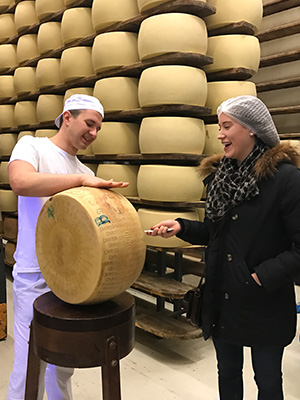 Parmigiano Reggiano Cheese Factory— Consorzio Vacche Rosse
Parmigiano Reggiano Cheese Factory— Consorzio Vacche Rosse
Tour a local caseificio (cheese factory) and taste the famous Parmigiano Reggiano, which was invented hundreds of years ago and is one of the most highly prized cheeses in the world. Learn about the entire cheesemaking process, beginning with the cows all the way to the finished product.
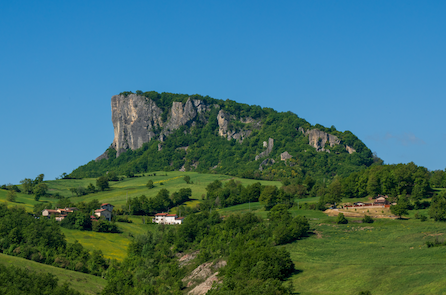 Pietra di Bismantova - Easy hike
Pietra di Bismantova - Easy hike
Enjoy an easy hike (2-3 miles to the top and back down) up Pietra di Bismantova, an incredible geologic formation. The plateau is nearly 1000 feet tall and rises above nearby hills, forming a stunning site to draw the eye. Dante Alighieri mentioned it in the Purgatory section of the Divina Commedia. The Bismantova Stone nature path itinerary is marked by the Club Alpino Italiano (CAI, the Italian Alpine Club).
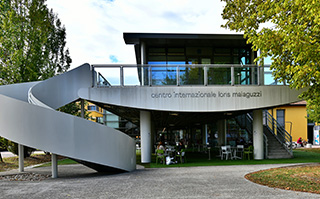 Reggio Children - Loris Malaguzzi International Center
Reggio Children - Loris Malaguzzi International Center
Education-related courses will visit the Reggio Children Loris Malaguzzi International Center, a mixed public and private company founded and located in Reggio Emilia. The center was established with the aim of promoting high-quality education worldwide, particularly related to the education of young children and the training of teachers. The Reggio Philosophy is one of the most famous educational approaches in the world today.
This visit is required for students in education courses.
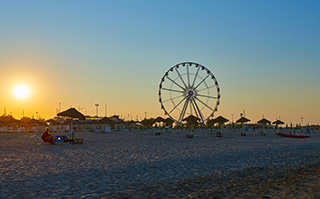 Rimini
Rimini
Discover Rimini, a lively city on the Adriatic Sea famous for its Roman tradition, long beaches, amusement parks, and cinematic locations as seen in film director Fellini's work. Enjoy a guided walking tour to see the Roman and Renaissance influences, including Augustus Arch, the Surgeon's House, the Tiberius Bridge, the Malatesta Temple, Galli theater, and more. Sample Piadina Romagnola, a type of flat bread filled with cheese, vegetables, or meat, and then enjoy some free time at the beach. You’ll also get to participate in a short walk through Santarcangelo di Romagna, a beautiful medieval village near Rimini.
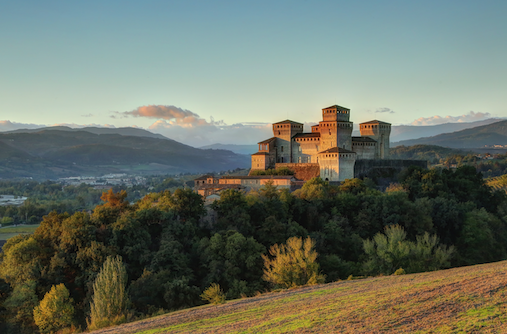 Torrechiara Castle
Torrechiara Castle
Marvel at the stunning architecture of Torrechiara Castle, a 15th-century castle near Langhirano, located in the province of Parma. Commissioned by Pier Maria II de' Rossi, the fourth count of San Secondo, and built between 1448 and 1460, the castle shows the influence of the castles of the House of Sforza, particularly Visconti-Sforza Castle. The structure sits atop a terraced hill south of the city of Parma, in a strategic position overlooking the Parma River in the valley below.
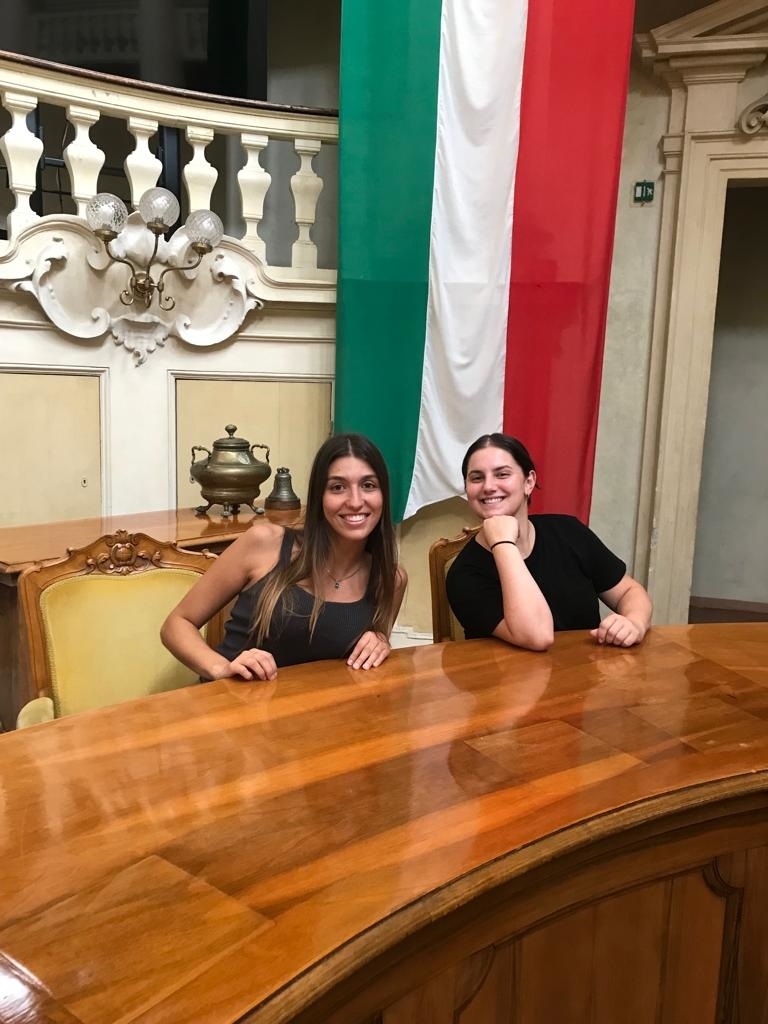 Tri Color Museum
Tri Color Museum
Share the pride of Reggio Emilia, where the Italian tri-color flag was created in 1797, as you tour this unique museum located in the historic city center.
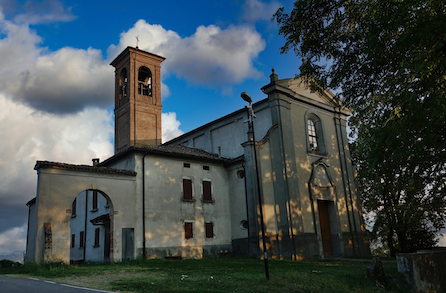 Quattro Castella - Easy hike
Quattro Castella - Easy hike
Visit Quattro Castella, a village surrounded by four hills and four medieval castles. The hills, from east to west, are named Montevecchio, Bianello, Montelucio and Montezane. The four castles atop them are called Castello di Canossa, Rossena, Bianello and Carpineti.
Students must be able to walk 2-3 miles.

